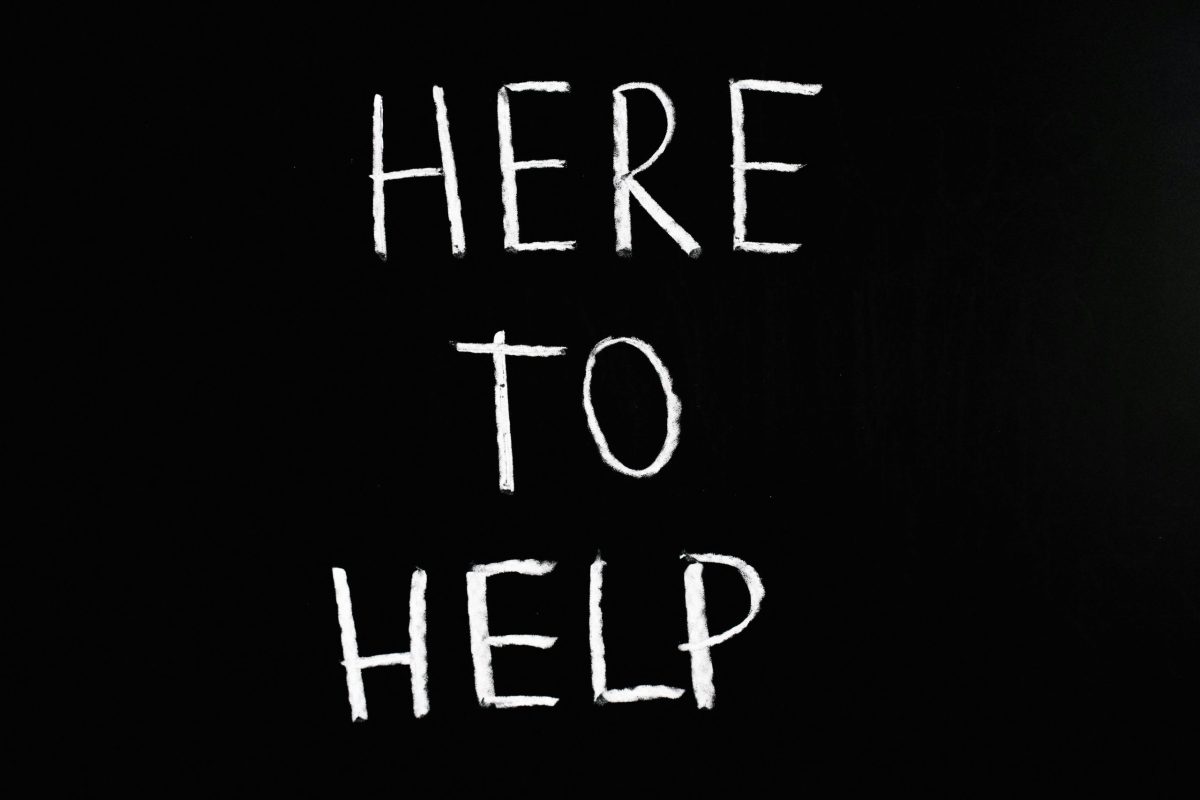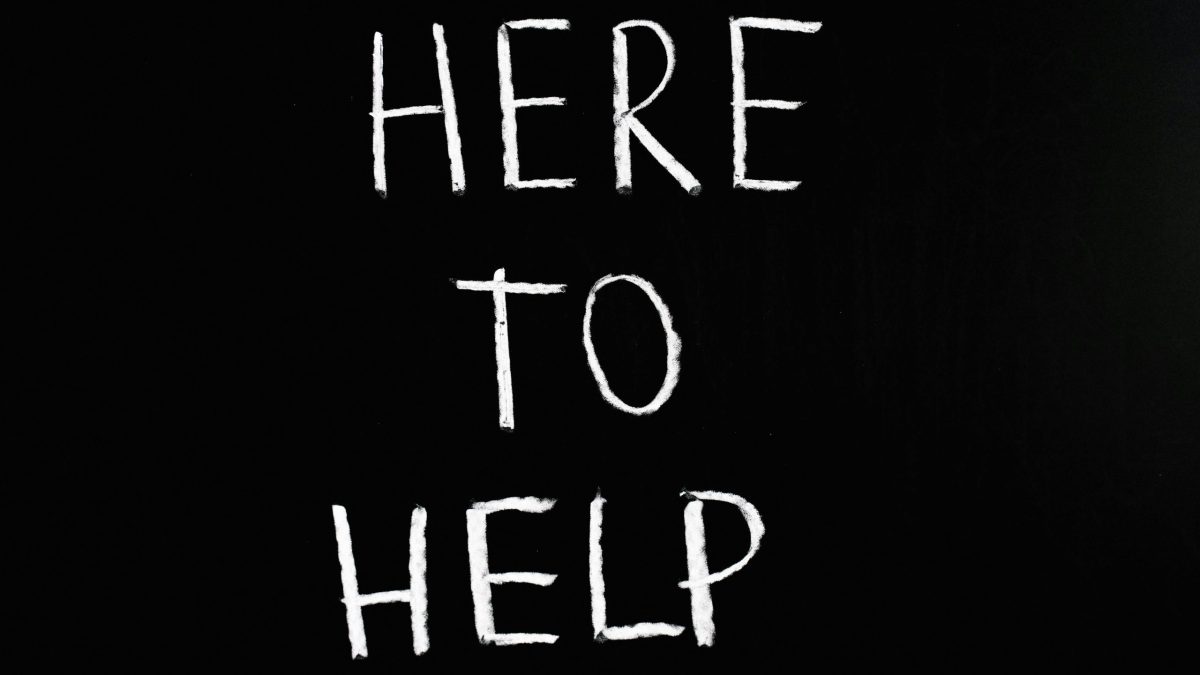Introduction to Financial Planning for Natural Disasters in Australia

Australia, a land of breathtaking beauty, is no stranger to the wrath of nature. Bushfires, floods, and cyclones frequent its vast landscapes, leaving behind a trail of destruction. These natural disasters not only ravage the environment but also inflict severe financial damage on individuals and communities. The cost can be staggering, running into billions, as homes are lost, businesses shuttered, and lives upended.
The importance of being financially prepared cannot be overstated. A robust financial plan acts as a bulwark against the unpredictable, ensuring that when disaster strikes, the impact on your financial well-being is minimized. It’s about safeguarding not just your present, but also your future. With the right preparation, individuals and communities can emerge from the shadows of disaster more resilient and with the capacity to rebuild and recover.
Understanding the financial implications of natural disasters is the first step towards resilience. Being prepared is not just advisable; it’s essential.
Understanding Your Insurance Needs

Insurance is the cornerstone of any financial plan, especially in a country prone to natural disasters. It’s not just about having insurance; it’s about having the right insurance. Home and contents insurance protects your dwelling and possessions from damage or loss, while car insurance covers damage to or theft of your vehicle. Life insurance, on the other hand, provides financial security to your loved ones in the event of your untimely death. Each type serves a unique purpose, ensuring that you’re covered from all angles.
The importance of adequate coverage cannot be understated. It’s crucial to understand what your policy covers and, perhaps more importantly, what it doesn’t. In the aftermath of a disaster, the last thing you want is to discover that your insurance falls short. The Insurance Council of Australia plays a pivotal role in disaster response, offering guidance and support to those affected. They ensure that insurers provide timely and fair assistance, helping communities to rebuild and recover.
- Assessing your insurance needs is a critical step in financial planning. Consider the value of your assets, your financial responsibilities, and the potential risks you face. This will help you determine the level of coverage you need.
- Shopping for the best coverage requires research and comparison. Don’t just look at the price; consider the extent of coverage, the exclusions, and the reputation of the insurer. Remember, the cheapest option is not always the best.
By understanding your insurance needs and ensuring adequate coverage, you can protect yourself, your family, and your assets from the financial impact of natural disasters. It’s an investment in your peace of mind and your future resilience.
Creating an Emergency Fund

An emergency fund is your financial safety net, designed to cover unexpected expenses without the need to borrow. In the context of natural disasters, it’s a crucial component of your financial preparedness strategy. This fund ensures that, should disaster strike, you have immediate access to cash for essentials like food, accommodation, and repairs, mitigating the financial stress during such tumultuous times. Starting your emergency fund begins with determining how much to save. A good rule of thumb is to aim for an amount that covers three to six months of living expenses, providing a buffer that can sustain you through the aftermath of a disaster.
- Automate your savings to ensure a consistent and hassle-free contribution to your emergency fund. Setting up a direct debit from your main account to a savings account can help build your fund steadily over time.
- Keep your fund accessible but separate from your regular checking account to avoid the temptation to dip into it for non-emergencies. Consider a high-interest savings account that offers a balance of accessibility and growth.
- Review and adjust your fund regularly. As your financial situation changes, so too should your emergency fund. An annual review can help ensure your fund remains adequate to cover your needs.
When disaster strikes, managing and accessing your fund efficiently is paramount. Ensure you understand the terms of withdrawal for your savings account and keep your banking details, including passwords, in a secure yet accessible location. In times of crisis, having immediate access to your funds can make a significant difference in your ability to respond and recover. An emergency fund is not just a financial recommendation; it’s a cornerstone of disaster preparedness that empowers you to face the unexpected with confidence.
Government Assistance and Support Programs

In the wake of natural disasters, the Australian government steps in with a suite of relief and support programs designed to help affected individuals and communities navigate the path to recovery. Central to these efforts are the Australian Government Disaster Recovery Payment (AGDRP) and the Disaster Recovery Allowance (DRA). The AGDRP provides a one-off financial assistance to those severely affected by disasters, offering a lifeline in the immediate aftermath. On the other hand, the DRA is a short-term payment for those who have lost income as a direct result of a disaster, helping to bridge the gap until they can resume their normal work or business activities.
- Accessing these programs requires understanding the eligibility criteria, which typically hinge on the extent of your loss and your specific circumstances. Information is readily available through the Department of Human Services or the Australian Government’s official website.
- Eligibility criteria can vary, but generally, you must demonstrate that the disaster has significantly affected your home, livelihood, or immediate family.
- The role of these payments is to ensure that, despite the chaos and uncertainty following a disaster, there is a structured support system in place to help you recover financially. They are a testament to the government’s commitment to its citizens’ welfare in times of need.
Understanding and accessing these support mechanisms is a critical component of financial planning for natural disasters. They provide a safety net that complements insurance and personal savings, ensuring that you have multiple layers of financial protection. In the face of adversity, this comprehensive approach to disaster preparedness can make all the difference, allowing individuals and communities to rebuild and recover with confidence.
Safeguarding Important Documents and Digital Assets

In the wake of a natural disaster, the ability to quickly recover financially hinges on the readiness and resilience of your document safeguarding strategy. Essential documents such as birth certificates, property deeds, insurance policies, wills, and financial records form the backbone of your financial identity and recovery capability. Protecting these documents—and by extension, your digital assets—cannot be overlooked.
- Physical protection involves keeping original documents in a fireproof, waterproof, and lockable container. This simple step can mitigate the risk of physical damage.
- Digital backups offer an additional layer of security. Scanning and storing digital copies of important documents ensures that you have access to them, even if physical copies are destroyed or lost.
- Secure cloud storage is paramount for digital asset protection. Utilizing encrypted cloud services allows for safe, accessible storage of digital copies. This not only safeguards your documents against physical disasters but also against cyber threats.
- Regular updates to both physical and digital copies are crucial. As your financial situation evolves, so too should your document archive, ensuring that all information is current and accessible when needed.
The importance of a comprehensive strategy for safeguarding important documents and digital assets cannot be overstated. In the aftermath of a disaster, these preparations can significantly expedite the recovery process, providing peace of mind and financial security. By embracing both physical and digital protection methods, you ensure that your financial foundation remains intact, enabling you to rebuild and recover with confidence.
Safeguarding Important Documents and Digital Assets
In the aftermath of a disaster, having immediate access to critical documents can significantly expedite the recovery process. Essential documents include birth certificates, property deeds, insurance policies, wills, and financial records. Safeguarding these documents requires a two-pronged approach: physical protection and digital backups.
- For physical documents, store them in a fireproof and waterproof safe. This safe should be easily accessible in an emergency, yet secure against potential hazards.
- Digital backups offer an additional layer of security. Scan all important documents and store them on secure cloud storage services. This ensures that, even if physical copies are lost, digital versions remain accessible from anywhere.
- Using secure cloud storage is crucial. Opt for services that offer strong encryption and have a reputation for protecting user data. This protects your sensitive information from cyber threats.
The importance of safeguarding important documents and digital assets cannot be overstated. It’s a critical step in ensuring that, in the face of disaster, you can quickly access vital information, aiding in a smoother and more efficient recovery process. This proactive measure is an integral part of financial planning for natural disasters, providing peace of mind and a clear path forward during challenging times.
Safeguarding Important Documents and Digital Assets
In the aftermath of a disaster, having immediate access to critical documents can significantly expedite the recovery process. Essential documents include birth certificates, property deeds, insurance policies, wills, and financial records. Safeguarding these documents requires a two-pronged approach: physical protection and digital backups.
- For physical documents, store them in a fireproof and waterproof safe. This safe should be easily accessible in an emergency, yet secure against potential hazards.
- Digital backups offer an additional layer of security. Scan all important documents and store them on secure cloud storage services. This ensures that, even if physical copies are lost, digital versions remain accessible from anywhere.
- Using secure cloud storage is crucial. Opt for services that offer strong encryption and have a reputation for protecting user data. This protects your sensitive information from cyber threats.
The importance of safeguarding important documents and digital assets cannot be overstated. It’s a critical step in ensuring that, in the face of disaster, you can quickly access vital information, aiding in a smoother and more efficient recovery process. This proactive measure is an integral part of financial planning for natural disasters, providing peace of mind and a clear path forward during challenging times.
Community and Resources: Pillars of Recovery

In the wake of a disaster, the fabric of community becomes a beacon of hope and recovery. Support from local groups and access to resources play a pivotal role in navigating the aftermath. It’s about more than just rebuilding structures; it’s about restoring lives and livelihoods. The collective effort of community support can significantly lessen the burden on individuals, offering both practical aid and emotional solace.
Connecting with local support groups and financial counseling services is a crucial step towards recovery. These organizations understand the unique challenges posed by disasters and can provide tailored advice and assistance. Whether it’s help with paperwork, understanding your entitlements, or simply someone to talk to, these services are invaluable. Local community centers, councils, and social media platforms are great starting points for finding these groups.
Utilizing online resources and government websites is equally important. They offer a wealth of up-to-date information on disaster recovery programs, financial assistance, and advice on how to apply for aid. Websites such as the Department of Human Services or the Australian Government’s official site are central hubs for accessing this information. They provide clear, step-by-step guides on what support is available and how to access it, ensuring you’re not navigating the recovery process alone.
The role of community support and resources in disaster recovery cannot be overstated. Together, they form a network of resilience, enabling individuals and communities to rebuild stronger and more prepared for the future. By connecting with local groups, seeking financial counseling, and utilizing online resources, you’re taking proactive steps towards recovery. It’s a journey best undertaken with the support of the entire community, reinforcing the idea that in times of need, no one is alone.
In Closing
Resilience through preparation is key to financial well-being. This foundational principle underscores the importance of comprehensive risk management and insurance strategies. By embracing a holistic approach that includes adequate insurance coverage, emergency funds, and safeguarding of important documents, individuals can navigate the financial aftermath of natural disasters with confidence. These strategies, coupled with community support and accessible resources, empower Australians to rebuild stronger and more prepared for future challenges. Let this be a call to action for all to invest in their financial resilience, ensuring a secure and prosperous future.

Ayesha Brueckner is your typical 24 year. Carrying a mountain of student debt. Looking at house prices and wondering if buying one will ever be possible. Looking for income solutions outside of a weekly wage. Join her on her investment and wealth research journey.

